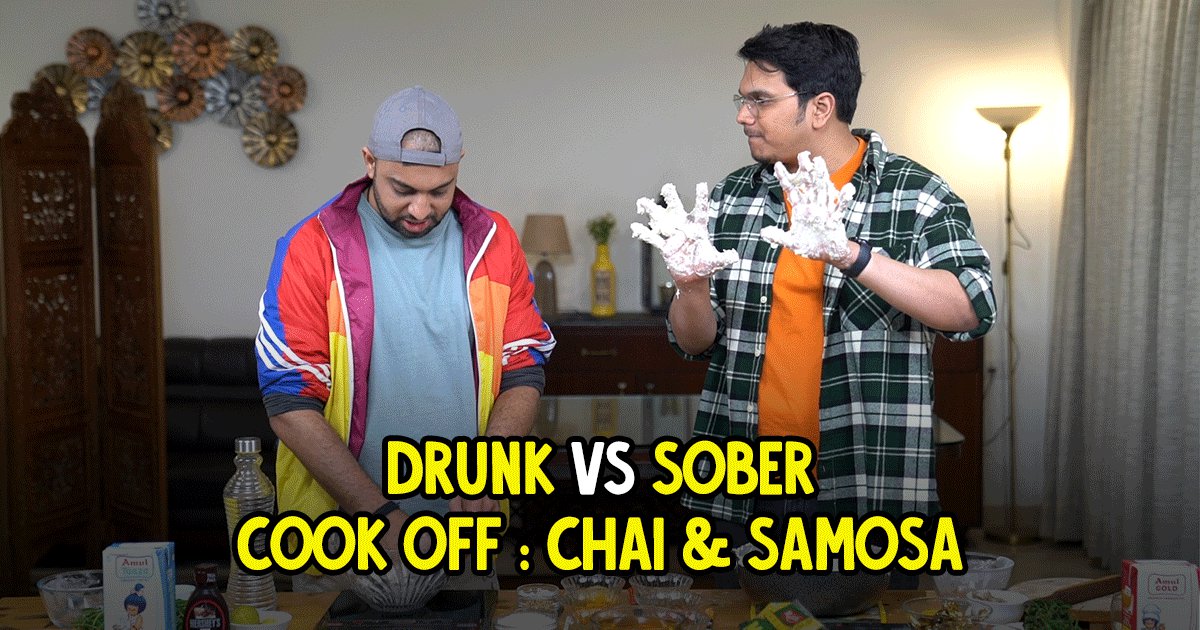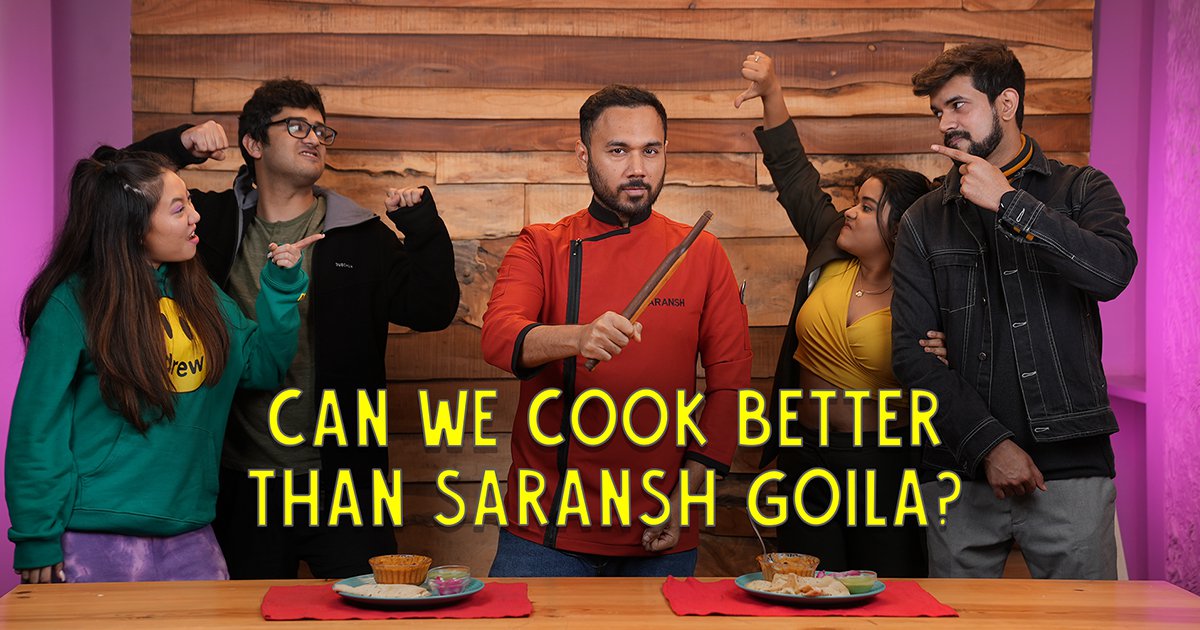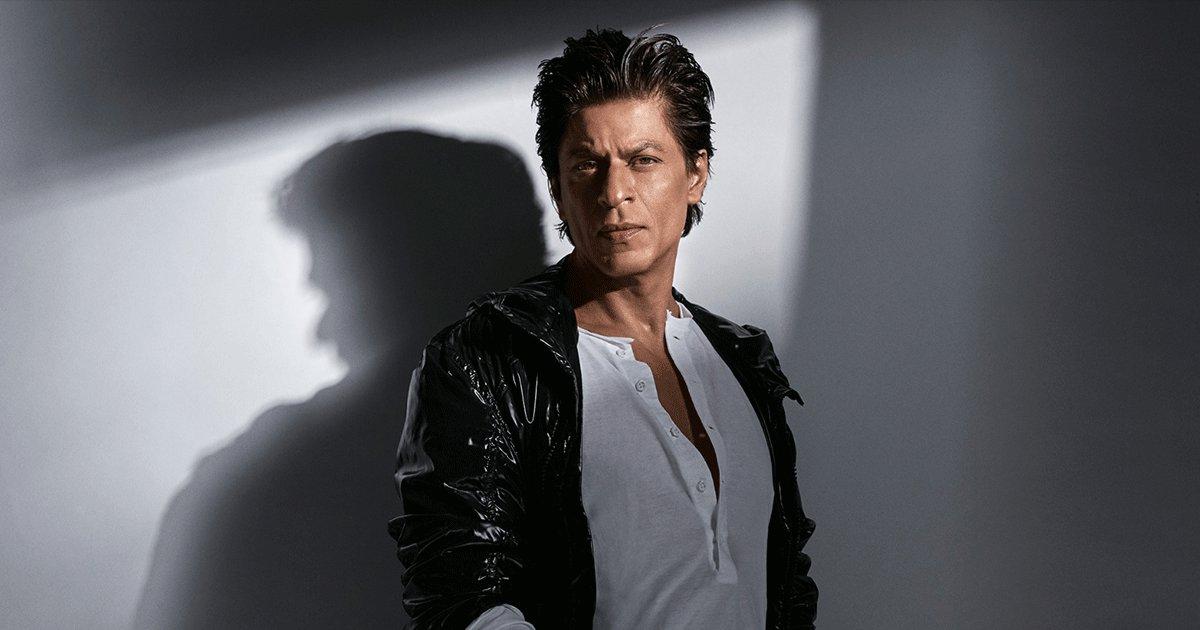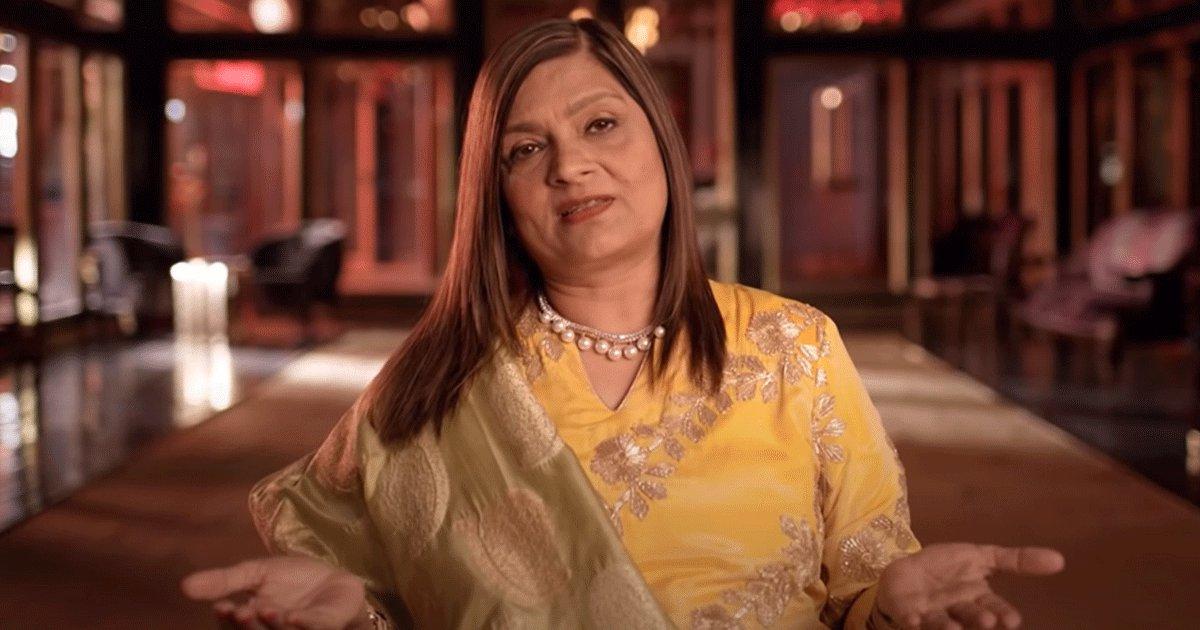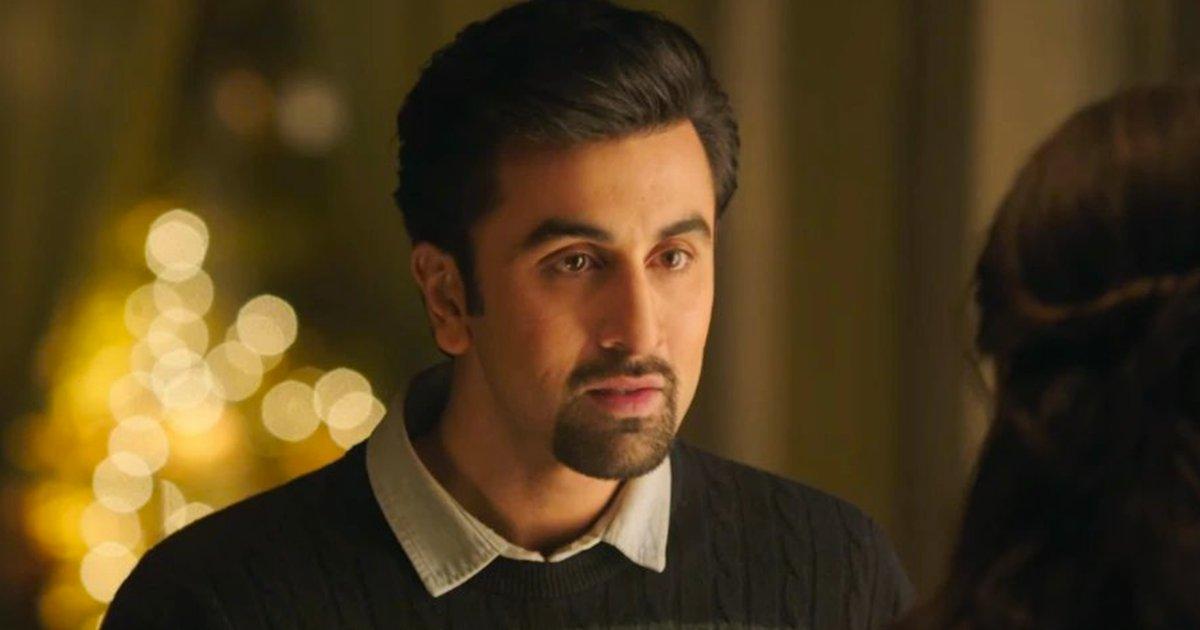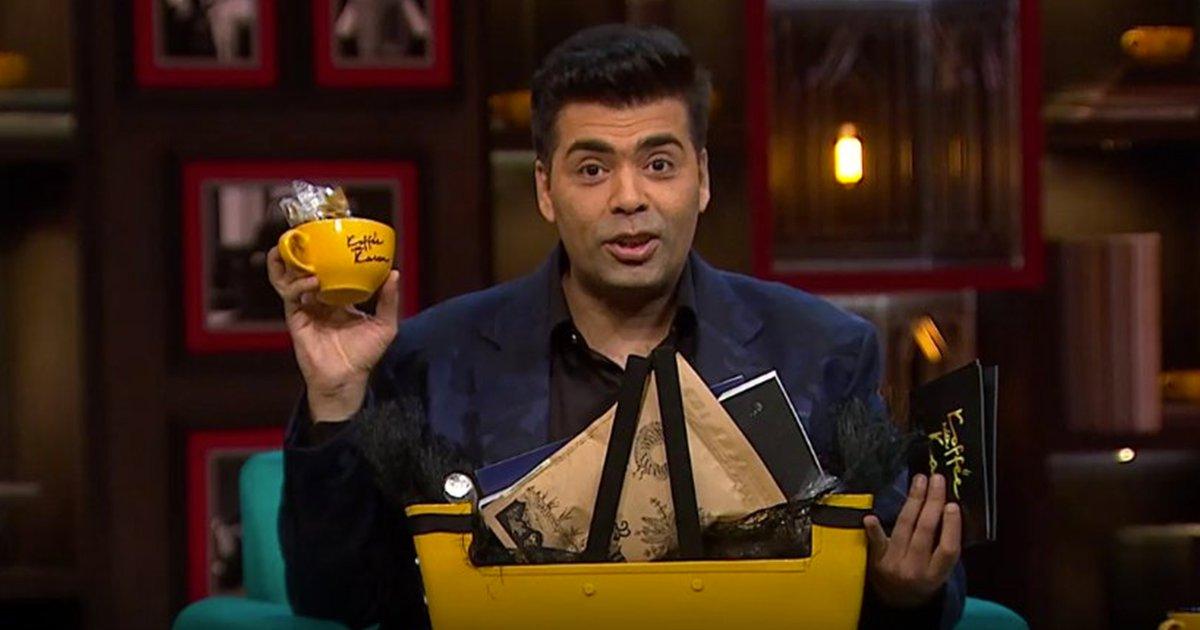This article is part of a series in the lead up to India’s first match at the World Cup. India at the World Cup will explore India’s highs and lows over the years in cricket’s premier tournament.
If cricket were a human, I’d imagine it to be a person who is hopeful beyond measure and stubborn beyond control. This person loves unconditionally and fights every fight, like it’s the last.
They are not easy to deal with but hard not to love either. You hate their unpredictability but you’re also fond of it.
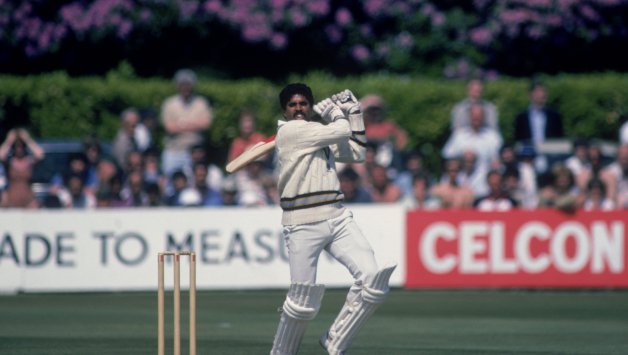
That explains the things that happened at the 1996 World Cup. From the highest highs of the quarter-final to the lowest lows of the semi, cricket showed us the two extremes in the span of two matches.
The quarter-final was going to be nerve-wrecking just by the virtue of the nationalities of those participating.
They are one of cricket’s most favourite guests: India and Pakistan.
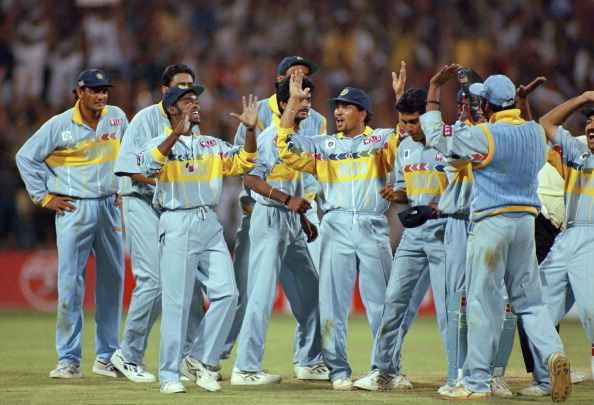
With billions witnessing these matches, the stakes are often very high and this particular game was no exception.
India had given Pakistan a decent target of 288, thanks to a brilliant 93 by opener Navjot Singh Sidhu; but as Pakistan started batting, it became clear that the match wasn’t going to be one-sided.
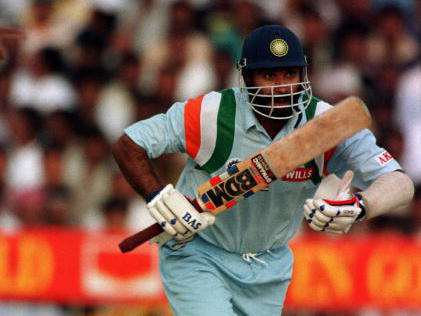
Openers Aamer Sohail and Saeed Anwar had amassed 84 runs when the latter got dismissed. It was more than a decent start and Sohail was riding high on adrenaline.
In the heat of the moment, he made a mistake that became synonymous to his name. Having hit Venkatesh Prasad for a four, he gestured towards the Indian with his bat, as if to say ‘go, fetch that’.
Not one to lose his temper very quickly, Prasad held his nerve and bowled him out in the most extraordinary fashion, in the very next delivery. He then gestured towards him with his finger, showing him the way to the pavilion.
The crowd in Bengaluru erupted with joy. Indians were hugging each other, Pakistanis were furious and the 2-year-old me was looking at my birth-givers, unsure why they were screaming.
That’s what my parents tell me, at least. They say cricket and I became friends that day.
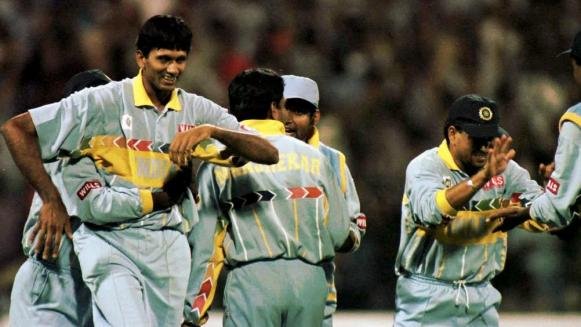
Indian households were happy households for the next few days. The black and white television sets were being cleaned more than usual. The second World Cup trophy seemed to be coming home.
And then it all turned around.
In the semi-final, we were meeting Sri Lanka – who were given a free pass in two of the round 1 matches because their opponents Australia and West Indies refused to visit the country after a terrorist attack.
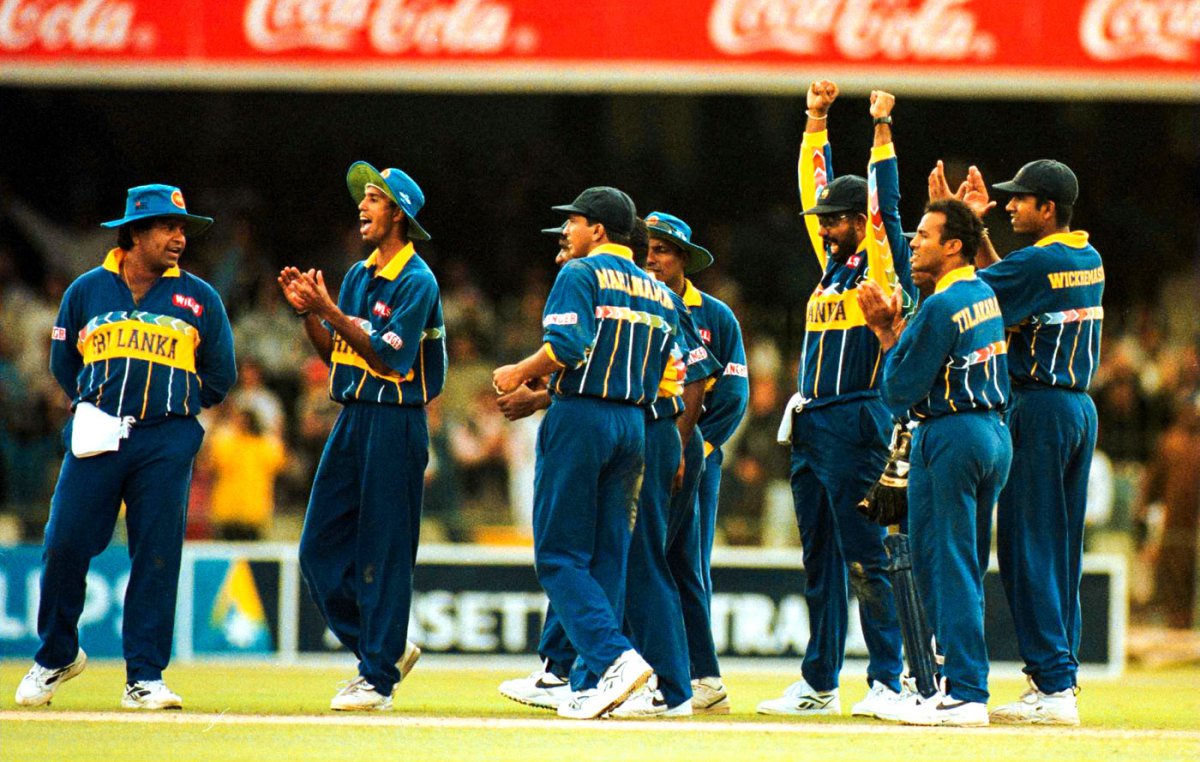
It was the era of Sachin Tendulkar, the times when Sachin’s dismissal almost always meant a loss. That is exactly what happened in the semi-final, except we didn’t even get the chance to play till the end.

In a controversial decision, captain Azharuddin chose to field first after winning the toss and Sri Lanka gave us a target of 252.
The chase started well enough, with Tendulkar scoring 65 before being dismissed. Things were fine for a few minutes, before we lost 7 wickets for 22 runs and then, all havoc broke lose.
The crowd at Eden couldn’t take this insult and started hurling bottles on the field. They even started burning the seats out of rage, forcing the match referee Clive Lloyd to take both teams off the pitch.
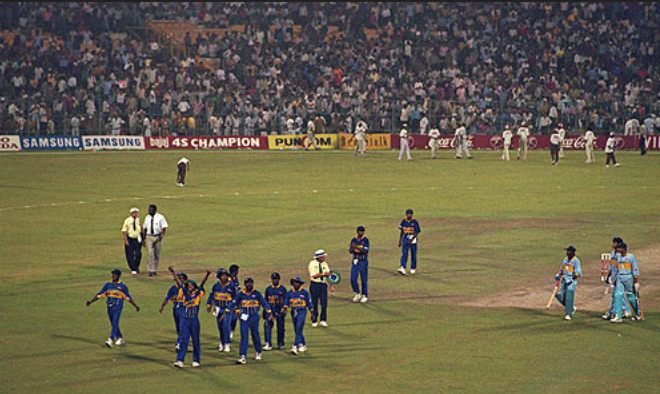
Sadly, things didn’t change for the better and the match that couldn’t be started due to security reasons, was ruled in favour of the guests.

Sri Lanka won the semi-final by default and it was the first time we experienced true heartbreak. The image of Vinod Kambli – who was batting at the time the match stopped – has become historic for all the wrong reasons.
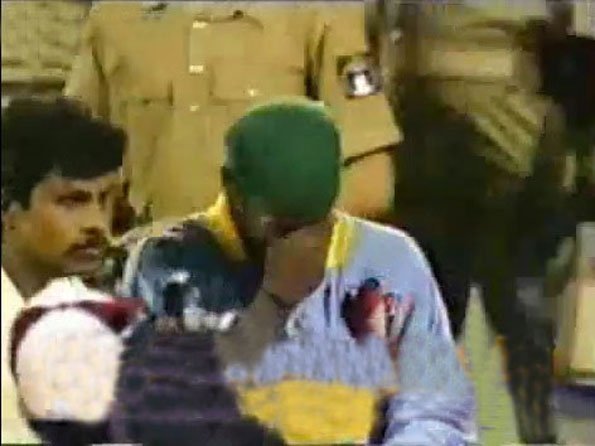
After the match, security had to be deployed outside Azharuddin’s house and Kambli, once dropped from the squad, could never make a comeback.
Sri Lanka later went on to win one of the most controversial World Cups in the history of the tournament. They wouldn’t be able to do it again for 23 years.
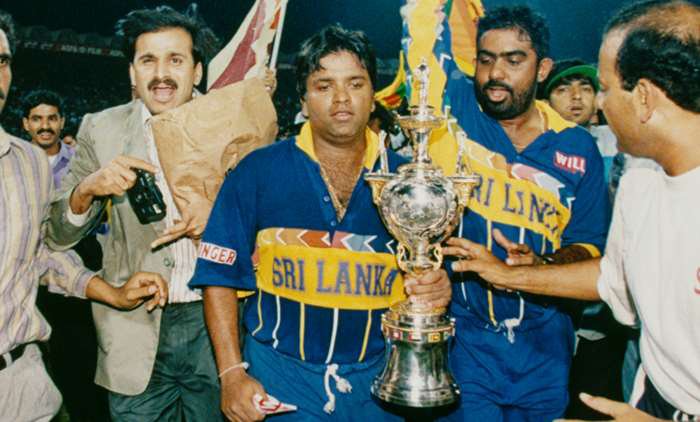
The dust-free television sets were switched off, the radio sets were tuned in only to hear news and my parents didn’t let me meet my new friend, cricket for a while.












